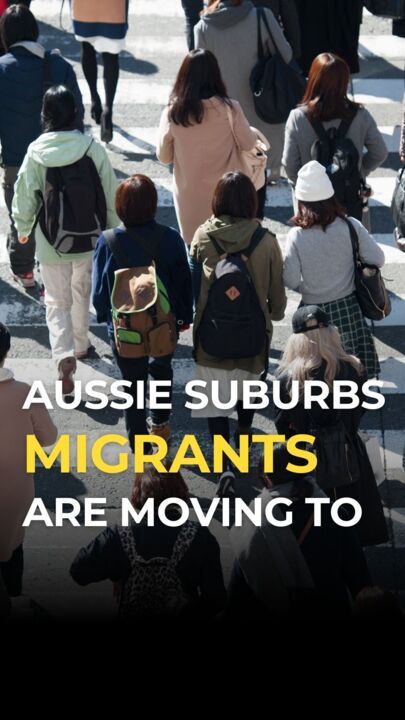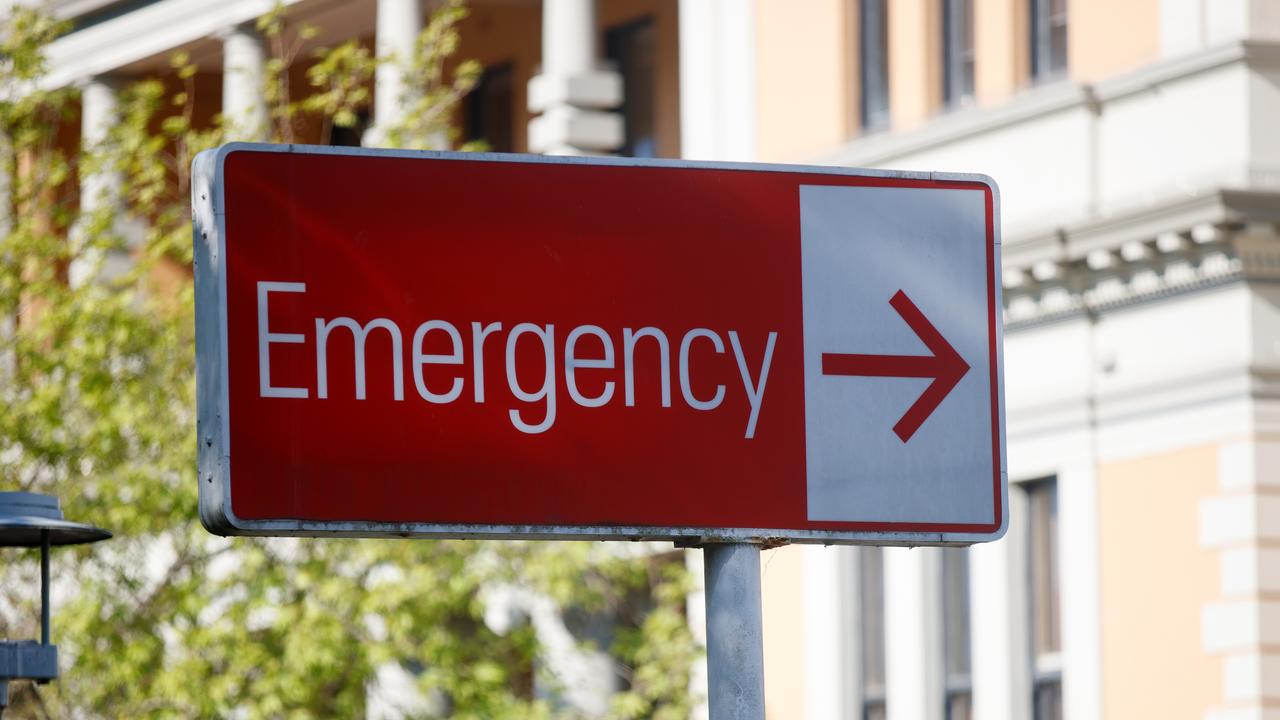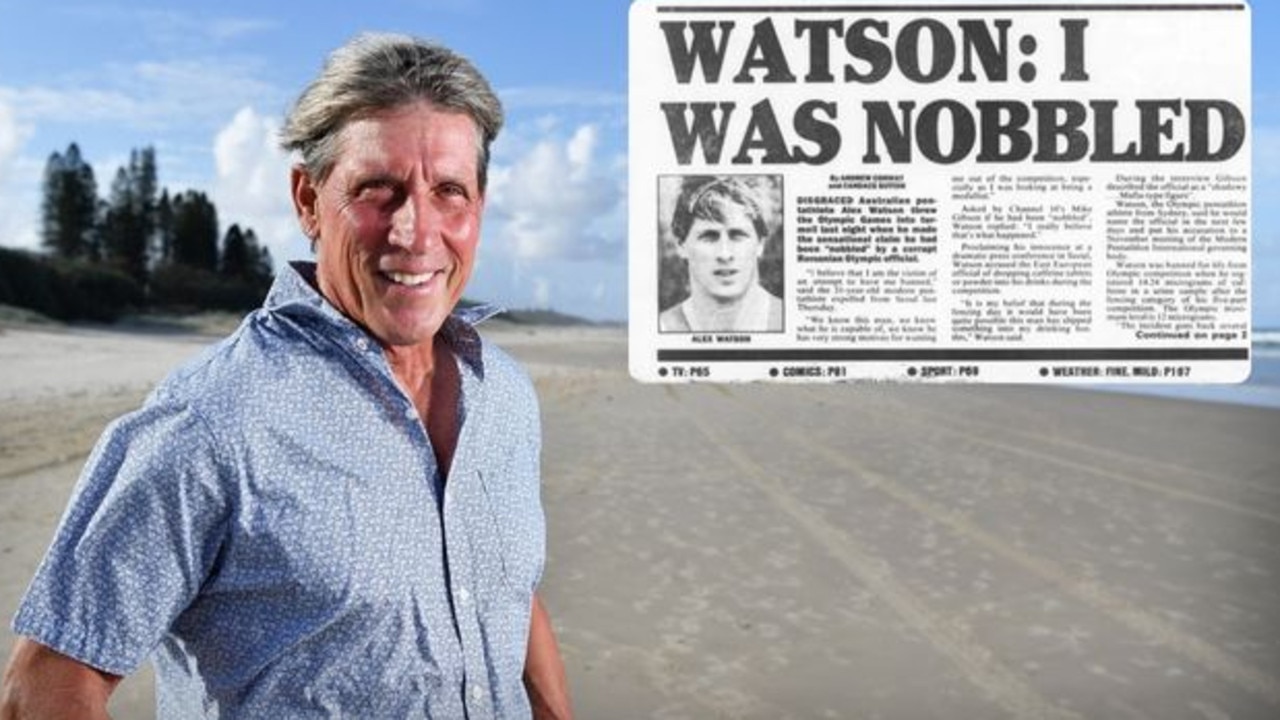The Sydney suburbs migrants are moving to
With the majority of the nation’s record-high intake of migrants settling in Sydney or Melbourne, Australians in those cities are being forced to pay the price. Find out what suburbs are being hit the hardest.

National
Don't miss out on the headlines from National. Followed categories will be added to My News.
New data has revealed the extent to which new migrants are “straining” our capital cities, with the greater Sydney and Melbourne CBDs by far the most popular destination for recent arrivals.
According to regional analysis of ABS net overseas migration data by the Institute of Public Affairs, 29 per cent or around 214,000 of new arrivals who came during the 2021-22 and 2022-23 financial years wound up in greater Sydney.
The greater Melbourne area came in a close second, taking 28 per cent or 206,000 newcomers over the two-year period when Australia’s net overseas migration surged by 732,011 people.
Demographer Bob Birrell, head of The Australian Population Research Institute, said that the numbers were largely driven by students who were having a big impact on local rental markets.
“Our studies have shown that recently arrived migrants are by far the biggest source of new demand for rental housing, far exceeding the number of locals leaving home or seeking a new dwelling,” he said.

Breaking down the numbers further, the IPA found that in NSW the top areas for new migrants were inner city Sydney, Parramatta, the Strathfield-Burwood-Ashfield area, and the southern half of the eastern suburbs taking in Randwick, the home of UNSW.
In Melbourne, the figures reveal the Melbourne CBD, Monash, Wyndham, and Dandenong as top destinations.
Overall, the IPA analysis reveals that 57 per cent of overseas migrants settle in either Sydney or Melbourne and that 83 per cent of all net overseas migration winds up in one of Australia’s capital cities.
Dr Kevin You, Senior Fellow at the Institute of Public Affairs said, “Our cities are straining under the pressure of record arrivals with 8 out of 10 new migrants settling in a metropolitan area.”
“You see the consequences every day with record rents and house prices, as well as congestion on our roads and social services under severe pressure.”
“Out-of-control migration is also making Australians poorer, with five consecutive quarters of negative per capita economic growth, which is the worst result on record”.
“It means that Australians on an individual level are in recession at the same time they are facing a cost-of-living and inflation crisis.”
Shadow immigration minister said that under Labor, “one million migrants have arrived in two years as Australians endure housing shortages and a cost-of-living crisis.”
Mr Tehan also flagged rules allowing migrants in regional areas to move to the city as a possible further cause of stress.
“Labor has also changed visa rules to make it easier for migrants who were sponsored to work in regional Australia to leave their employer and move to our big cities, which is putting more pressure on housing and congestion.”
Meanwhile the university sector denied that large international migrant intakes were contributing to the housing shortage.
Universities Australia CEO Luke Sheehy pointed to research claiming that vacancy rates in suburbs with large numbers of international students also had high vacancy rates.
“International students aren’t to blame for the housing crisis,” he said.
“They make up four per cent of the private rental market and the suburbs they typically live in have higher vacancy rates than the metropolitan averages of our major cities.”
“The affordability and availability issues we’re seeing in the housing market are the cause of supply issues, stemming from years of government inaction and fuelled further by the pandemic.”
Friends Aayush Karnik and Shreya Sujith moved from India to Sydney two years ago with Mr Karnik renting out of the migration hub of Concord West.

“It’s pretty close to some major suburbs like Strathfield and 20 minutes by train into central and uni. I would’ve preferred closer to Central, but the rents are a little too high,” he said.
Both Ms Sujith and Mr Karnik have found adaptation to life in Sydney interesting and say they’d like to stay on after finishing their studies if money permits.
“Australia has things that our country does not, and that comes with a price tag. So we’d love to stay on but will only be able to do so if our finances can support it.”
For Mr Karnik and Ms Sujith, the opportunities to pursue studies which otherwise would not be available in his country proved too good to ignore.
“I wanted to study in a field which isn’t really available to study in India. So I looked at my options and Sydney really, I feel like I had a bias towards Australia and Sydney because of this.” said Mr Karnik.
“I think the city kind of called to me and I felt like I needed a change, Sydney has a lot of opportunities, the potential to study and build something that we cannot at home,”
Ms Karnik added.
More Coverage
Originally published as The Sydney suburbs migrants are moving to





